Her amazing body of work spanned over 60 years and was forever changing – even into her 80s – yet the name Wilhelmina Barns-Graham is still very much unknown outside artistic circles.
Edinburgh-based filmmaker Mark Cousins is on a mission to bring her talent and amazing imagination to the fore through installation Like A Huge Scotland at the capital’s Fruitmarket art gallery, as well as a feature film which is now in the editing process.
Running for the month of November, the large-scale, four-channel installation focuses on a series of glacier paintings created by Wilhelmina after her 1949 visit to the Grindelwald glacier in Switzerland.
Shot on highly-detailed 8K cameras, her paintings will be enlarged to 10,000 times their original size and shown alongside footage of the glacier, filmed by Mark on a recent trip.
The installation will envelope visitors in images and sound with music created by Glasgow-based composer Linda Buckley.
The installation will be accompanied by a selection of the glacier works themselves, courtesy of the Wilhelmina Barns-Graham Trust.
An idea was born
“I have loved Wilhelmina Barns-Graham’s work since the 1980s,” Mark says. “Then I Tweeted about her a couple of years ago and the trust that runs her estate contacted me. When I went down to meet them, the idea of a film came out of that – because that’s usually what I do.
“I started the process, but the more I looked at her work and read her diaries and notebooks, the more I realised what a rare artist she was. She looked at the world in a particularly unusual way.”
With the help of the Edinburgh-based trust, Mark had a rare insight into her creativity as well as her neurodiversity in the form of synesthesia – which sees a perception from one sense resulting in a sensation in a separate one.
For example, people can experience colour when they hear sounds or read words, while others experience smells or tastes.
Other visual artists known to have had synesthesia include Wassily Kandinsky and Vincent Van Gogh.
A lasting legacy
By the time of Wilhelmina’s death aged 91 in 2004, she had established a trust to manage her artistic and charitable legacy as well as provide bursaries for art students.
Trust director Rob Airey says: “When establishing the Wilhelmina Barns-Graham Trust, Willie made it clear that encouraging and supporting other people’s creativity was central to her ambitions for it.
“That someone of the creative stature of Mark Cousins would want to produce something new, imaginative and brilliant inspired by her own work and experiences, would I have no doubt given her immense pleasure.”
Mark Cousins, 56, is an award-winning Irish-Scottish director and writer. His films include The Story of Film: An Odyssey; What is This Film Called Love?; Life May Be; I Am Belfast and The Eyes of Orson Welles. These have premiered at Cannes, Berlin, Sundance and Venice film festivals. His new film The March on Rome is about fascism.
Mark has been based in Edinburgh for 38 years and credits the city’s Filmhouse cinema and International Film Festival (EIFF) for inspiring his career.
Devastating loss
He describes his utter devastation at the recent collapse of both the cinema and festival along with Belmont Filmhouse in Aberdeen.
“I was completely shocked,” he explains. “I started to tear up when I heard the news. You can take these things for granted and this is a huge loss.
“I live in Edinburgh because of the Filmhouse and the EIFF. As a film lover and filmmaker, I need to be close to the harbour of cinema – a place where you can really shelter and see the broad range of world cinema.
“The Filmhouse has changed my life a number of times: if it was not here, I would not be here, or be a filmmaker.”
Mark has been reaching out to people in the industry across Scotland in a bid to try to raise awareness of the situation by projecting images of the Filmhouse and its films across the city once a week to keep it in people’s memories.
He says: “I wanted to do something creative and visible to the whole city to say this luminous thing has gone for a while. It’s not permanently dead, hopefully, but it’s to keep the flame alive.”
Streaming the editing process
Mark is looking forward to bringing Like A Huge Scotland to his home city and spent the last week live streaming the editing process for the artwork via the Fruitmarket’s YouTube channel, allowing viewers to watch how the visuals and sounds were brought together.
He adds: “It’s quite scary to do that because you’re exposing yourself and your process – but why not give people everywhere the opportunity to hear about this great Scottish woman and also see this artwork inspired by her?”
Born in St Andrews in 1912, Wilhelmina knew she wanted to be an artist from a young age, but her parents did not approve. After getting help from her aunt in order to follow her dream, she attended Edinburgh College of Art, graduating in 1937.
In 1940, she became involved with the St Ives artists in Cornwall, where she retained a studio until her death.
Known for their progressive, abstract work, the group included Ben Nicholson, Barbara Hepworth and Patrick Heron. Wilhelmina became a pivotal figure in the movement.
Balmungo House
In 1960, she inherited Balmungo House near St Andrews from her aunt and began dividing her time between there and St Ives. She was made a CBE in 2001 and passed away in St Andrews in 2004.
For the installation, Mark is focusing on a day in Wilhelmina’s life in 1949 that he believes had a profound effect on her art.
As she and her party picked their way across the frozen sea of ice and rock of the Grindelwald glacier she had an epiphany, later producing an extraordinary cycle of paintings inspired by what she had seen.
More than 70 years on, Mark climbed the same glacier filming what he saw – and he discovered it has retreated by a mile and is now almost gone.
“Wilhelmina had one of those experiences that, if we’re lucky, we have once or twice in our lives. A moment or day that changed everything: an epiphany,” he says.
“I thought I could use huge screens and a new musical score, make people feel they’re slightly in the Alps. The unusual thing is I’m not going to be surrounding people with images of the Alps, I’m going to be surrounding people instead with her paintings and we are going to blow them up really large.
In her imagination
“It’s like we’re in her inner Alps – her inner imagination. And it was a really powerful imagination and we see this in her productivity and unstoppability.”
Mark adds that Wilhelmina was always returning to nature for inspiration. He explains: “She definitely saw that a glacier is a mobile thing – it’s a creaking, crunching, clicking transparent aquatic thing. It feels alive.
“It feels as though you are walking on the top of a massive blue whale that’s asleep. I’m sure she would have felt major grief for this thing that inspired her.”
Mark’s own experience of visiting the glacier is one he will never forget, but not for the same reasons as Wilhelmina.
“I had forgotten that I’ve got major vertigo so it was terrifying for me. The footage is all wobbly and I talk about this in the film,” he recalls.
His 100-minute cinematic documentary A Sudden Glimpse To Deeper Things is now in the process of being edited. Footage of the Fruitmarket installation will feature in the finished work.
Filming took Mark to key locations that featured in Wilhelmina’s life, including: Orkney, Edinburgh, St Ives, Italy and, of course, Switzerland.
Tilda Swinton readings
Actress Tilda Swinton will provide readings of the diaries and letters for the film. She and Mark have worked together on projects in the past.
Mark adds: “The installation should feel very emotional. It’s going to run for exactly 15 minutes and we’re going to have seats for people with mobility issues.
“It’s not going to shy away from the real emotions and the intensity of feeling that she had when she saw the glacier – let’s call it her muse.
“In the installation, a young Wilhelmina is in discussion with her older self, so it is also about ageing – 50 years after you’ve had an experience, do you still remember it?
“I think I will have failed if people don’t feel something intense and if the installation doesn’t make them reflect on their own ageing process or reflect on those happy moments in their lives.”
Like A Huge Scotland runs at Fruitmarket, Edinburgh from November 5 – 27. Admission is free.
fruitmarket.co.uk
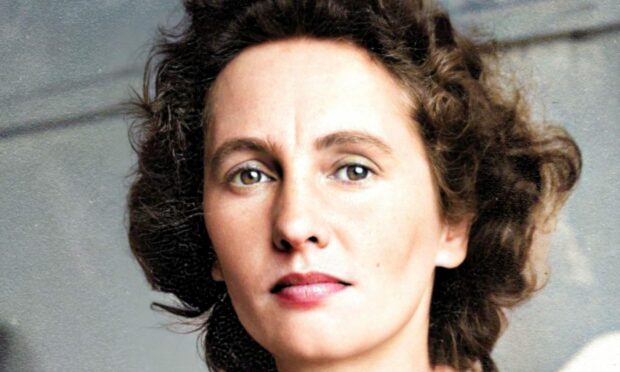
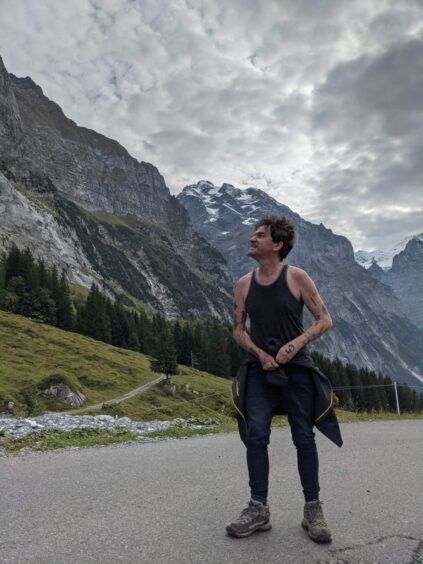
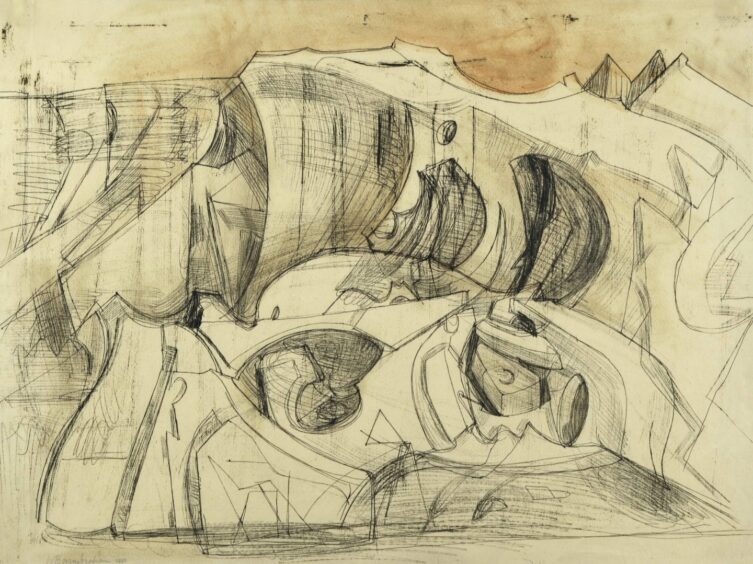
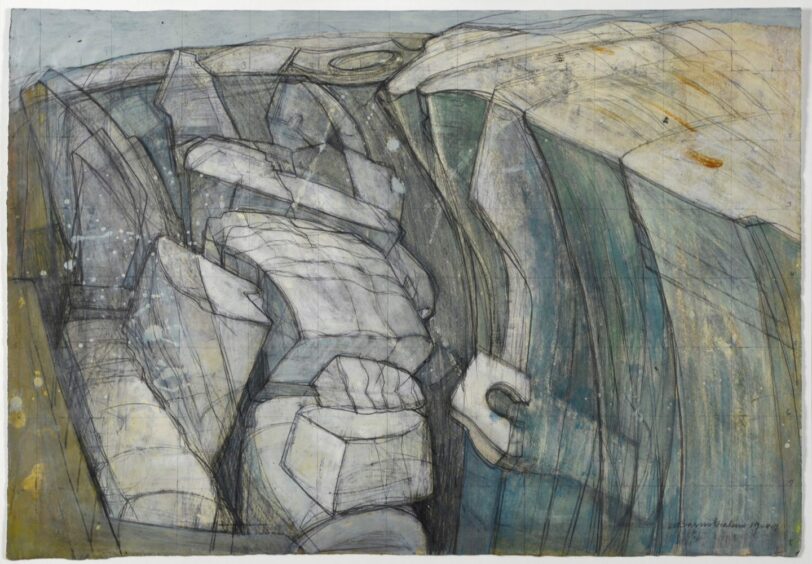
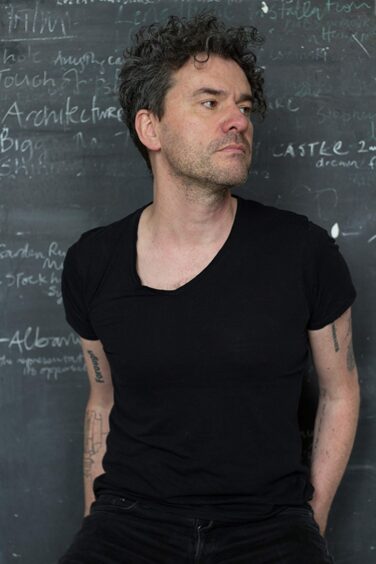
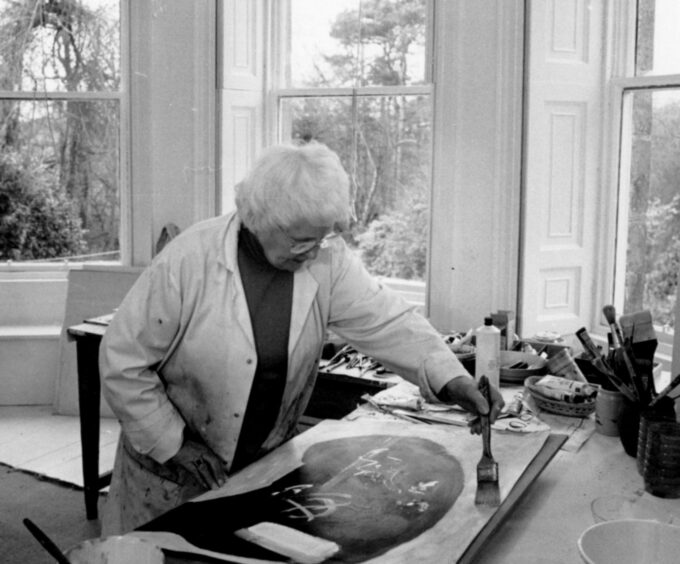
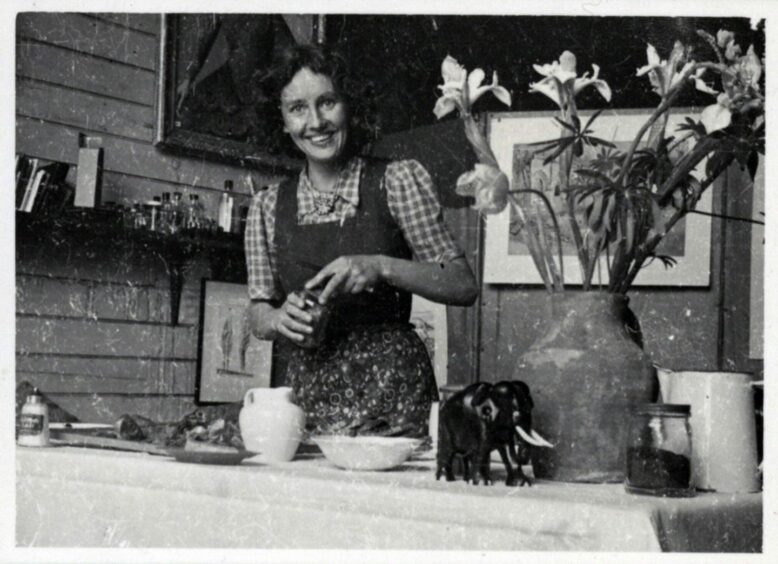

Conversation